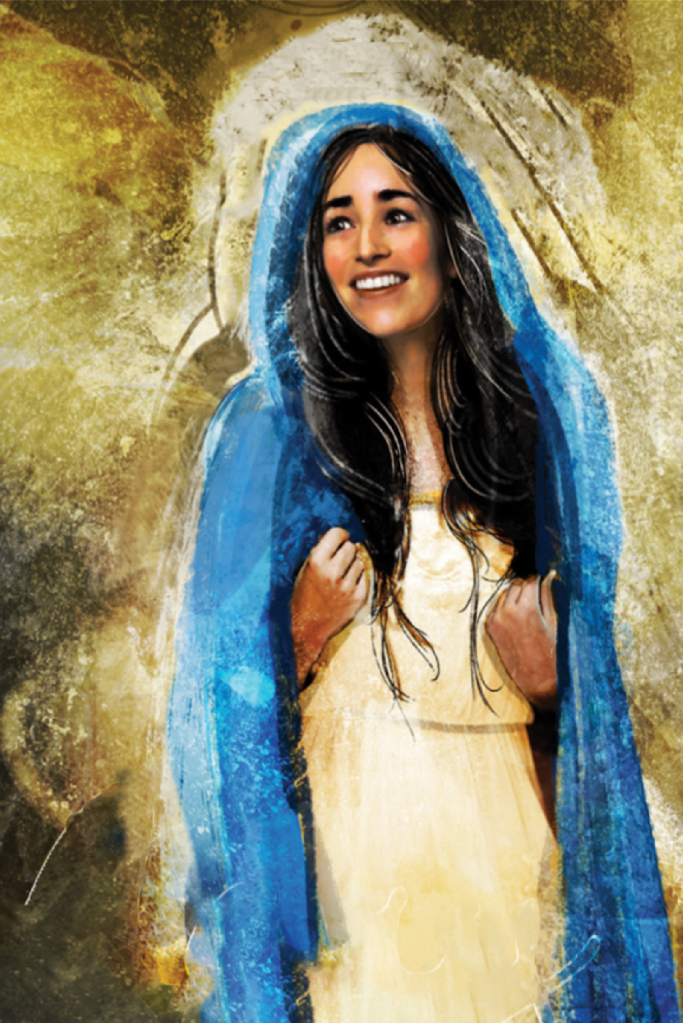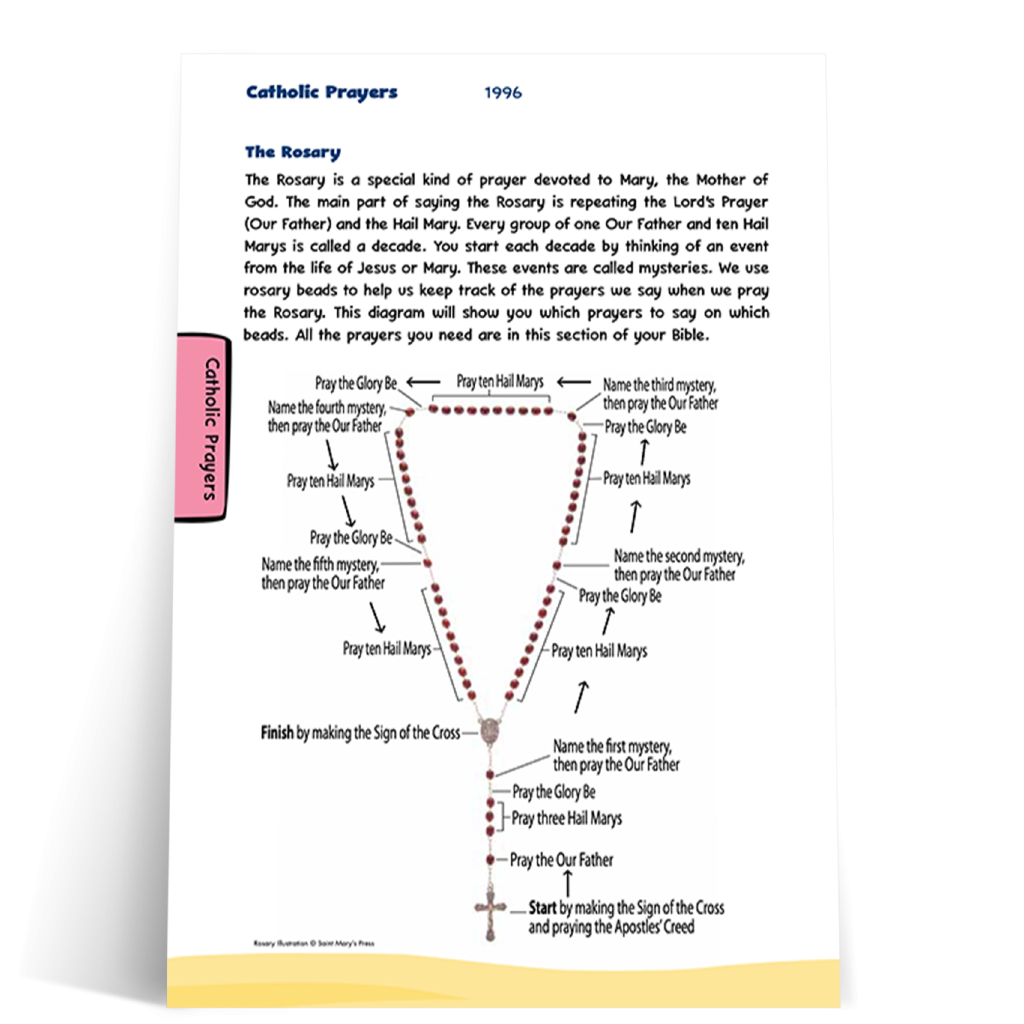
Three Easy Ways to Celebrate the Assumption
With the Solemnity of the Assumption right around the corner, we’re thinking of some creative ways to celebrate with kids—ways that will help to bring the wonder and meaning home!
With a feast so filled with mystery, there are countless opportunities to show young ones the depth of God’s love, exemplified in the life of Mary, and to welcome them into a prayerful contemplation of how the Lord works in the world around us.
Below, we’ve shared just a few creative activities you can bring to your classroom, family, or parish setting!
Get to Know Mary
Many Catholics know that we give honor to Mary as the Mother of God, but it can be especially enlightening to learn more about Mary herself and why the Church venerates her in the way we do.
What do titles like Theotokos mean? Why do we honor Mary as Mediatrix? And what doctrines does the Church teach about Mary?
To help build this understanding, we’ve provided an article from the Living in Christ series that shows the answers to these questions and explores more deeply the understanding and history of Mary’s role in the Church. Although this is written for an older audience (high schoolers), it can be a valuable resource for teachers and ministers working with younger kids to gain a deeper knowledge that they can then translate for their young ones.

Do an Art Study
The Church is rich with a history of artistic depictions of the Blessed Virgin Mary, especially featuring the Solemnity of the Assumption! A great way to help young ones understand the Assumption (and to contemplate the mystery therein) is to introduce them to this rich artistic history.
The activity can be twofold. Start by choosing an artistic depiction of the Assumption.
A quick search online will return hundreds of results across centuries of artists, but here are a few famous ones you could start with, each with in-depth access available online.
The Dormition and Assumption of the Blessed Virgin, by Fra Angelico, depicts two separate scenes related in context. The Dormition of Mary is shown on the lower half of the frame, while her Assumption is shown above. The vibrant colors and gold accents, which were stylistic signatures of Fra Angelico (translated as “the angelic friar”), are worthy of close attention, and the illustration helps viewers—both adults and children—contemplate the Assumption by seeing how Christ is present both at the Dormition and the Assumption, showing the love he has for his Blessed Mother.
The Assumption of the Blessed Virgin Mary, by Peter Paul Rubens, is an altarpiece created in the seventeenth century for the Cathedral of Our Lady in Antwerp, Belgium. It depicts Mary being carried into Heaven by angels and crowned with flowers as she enters into the light above. This artwork can help bring to life the Assumption and the miraculous beauty of the event, while also illustrating how churches have been adorned over the course of art history.
A closer look is available on the website of the Cathedral.
After looking closer at these, or any one of the numerous depictions available online from museums and churches around the world, a second step is to have your group of young people use their imaginations to create their own artistic depiction of the Assumption.
What do they think it would look like? How would they imagine Mary, the crowd below, the angels? Let their imaginations open up their understanding, as artists have done for all of history!
Go Deeper with the Rosary
The history of the Church is deeply intertwined with prayer for the intercession of Mary. On this special Solemnity, we find a wonderful opportunity to draw young people closer to relationship with Christ through the help of his mother, Mary, especially through the prayer of the Rosary!
It’s a great time to teach those who do not know how to pray the Rosary how to do so, and also to help those who have learned it already to go deeper, understanding the words of the prayers along the way and understanding why we pray them!
We have a few resources for helping kids and young people go deeper into the Rosary. You can find them below!




